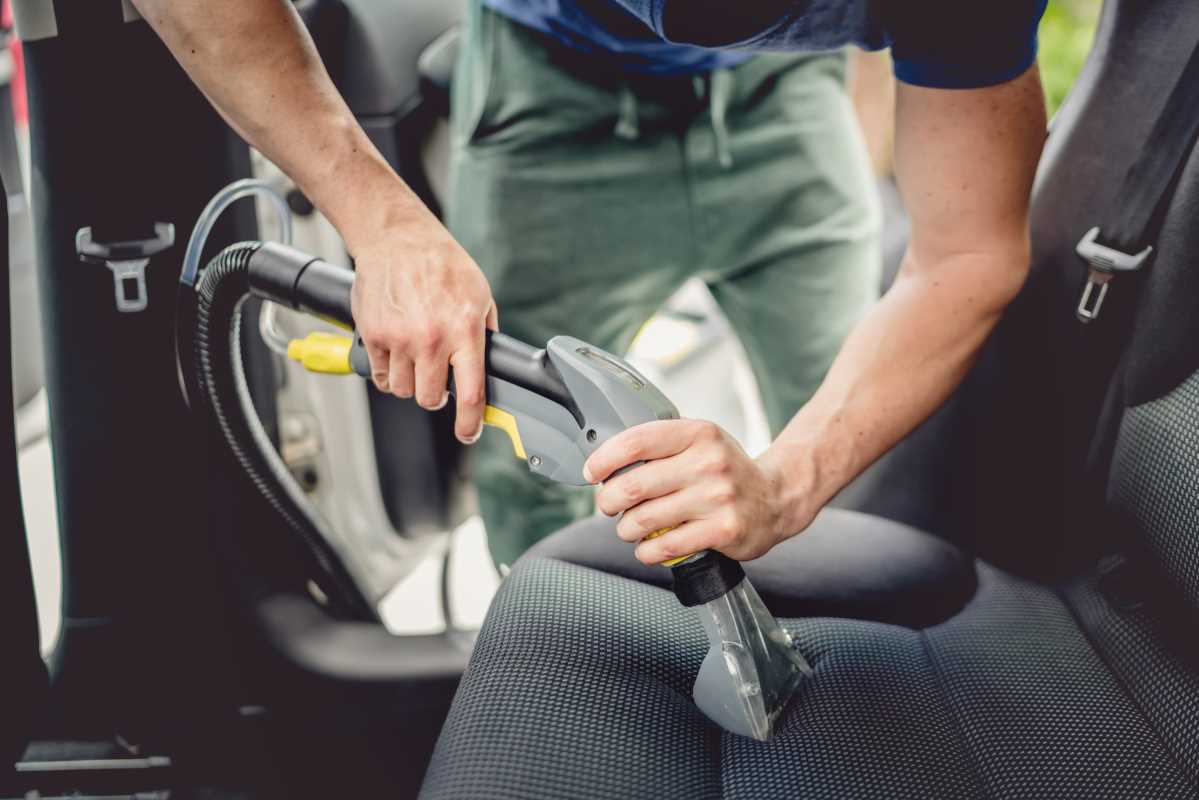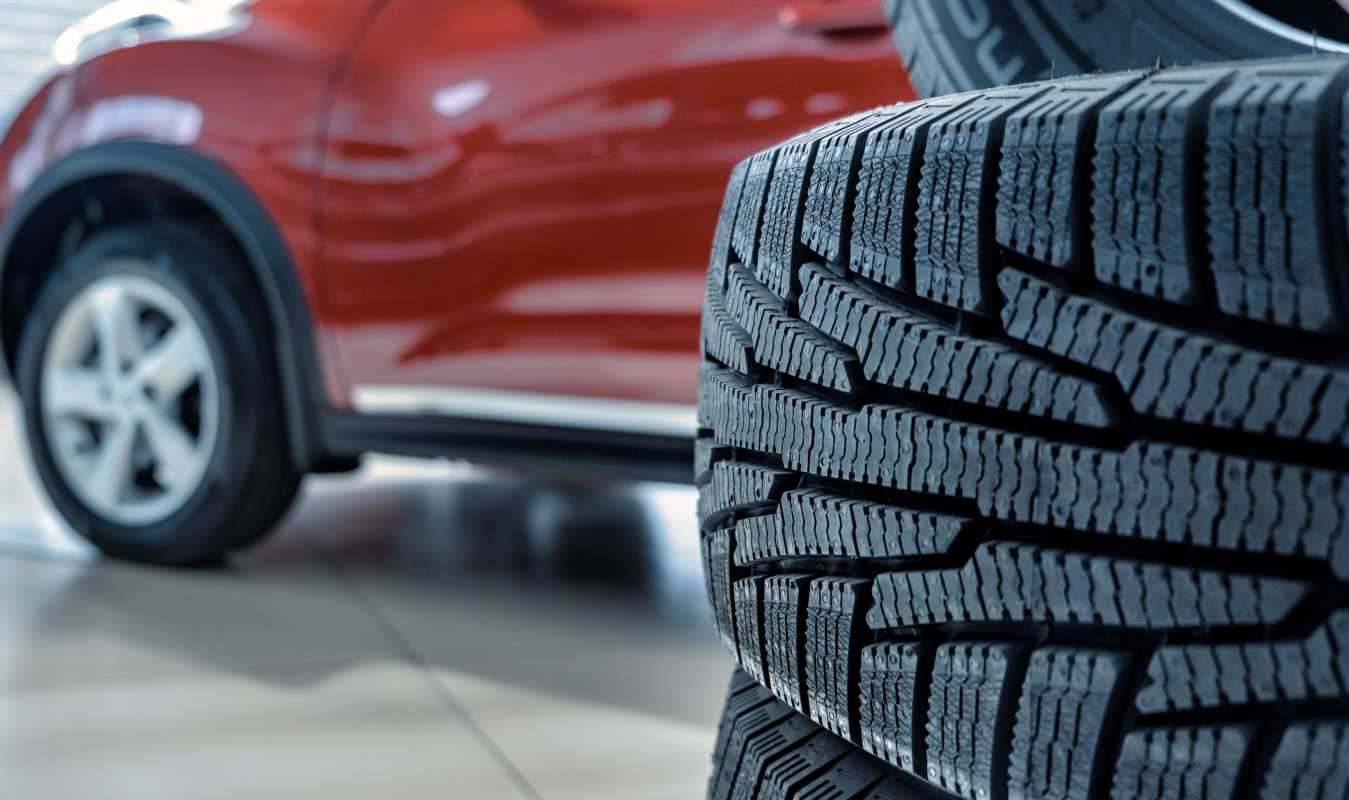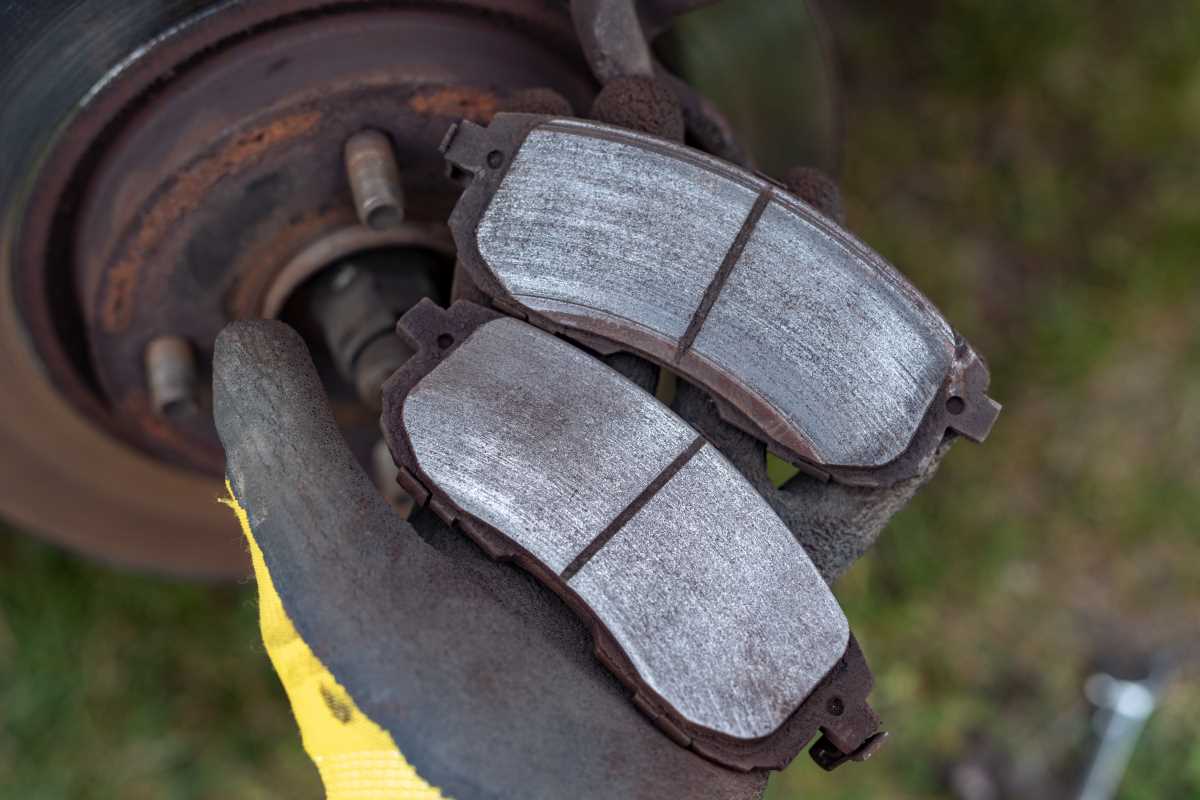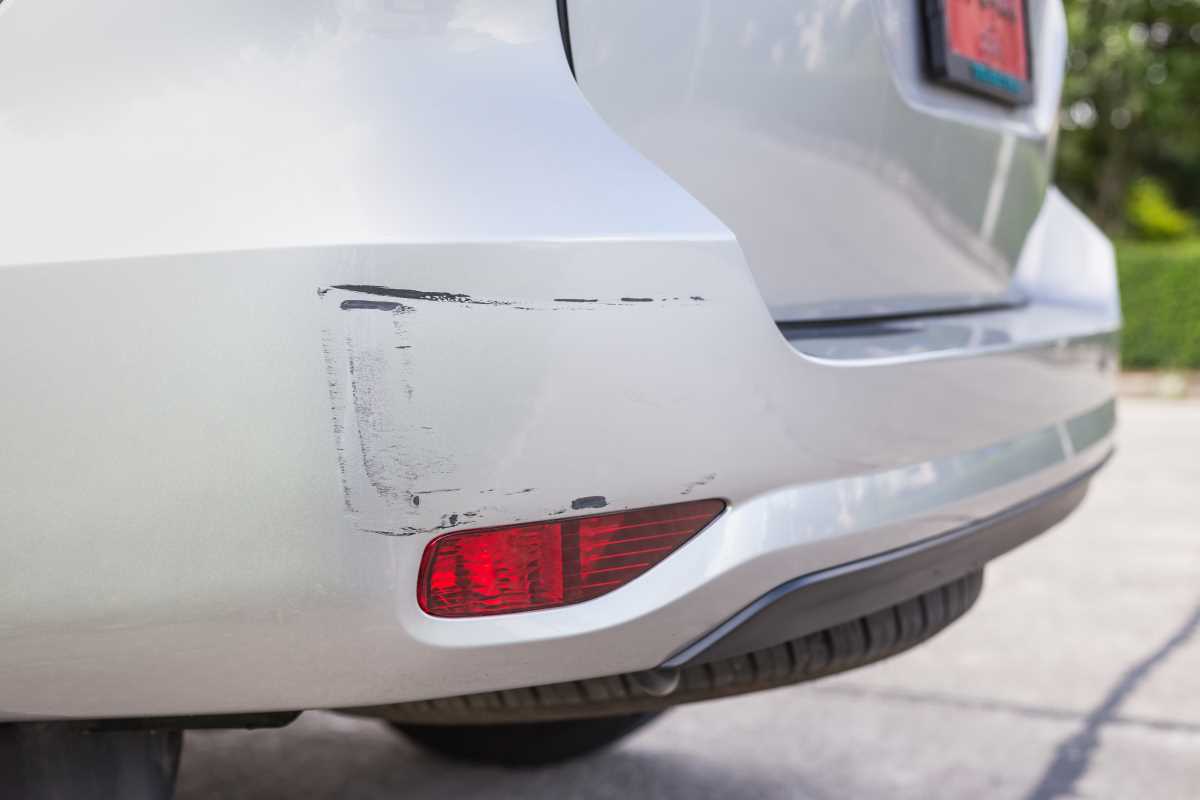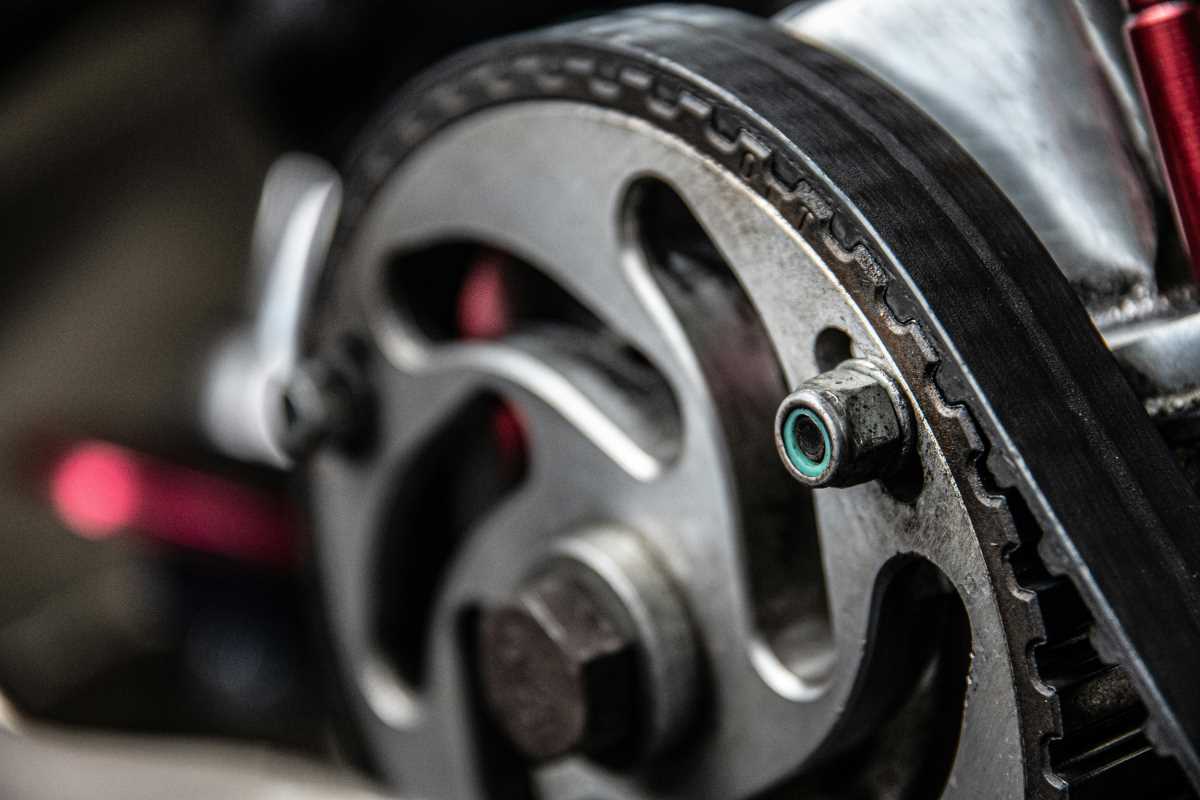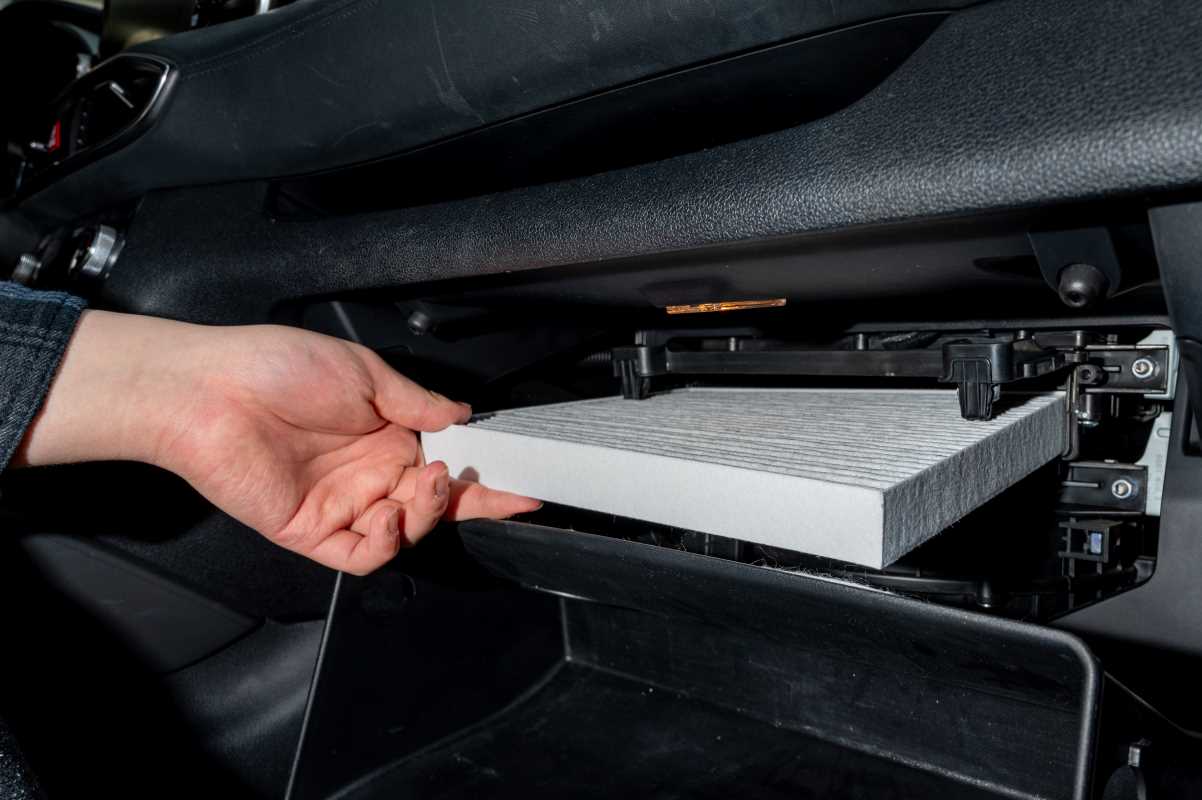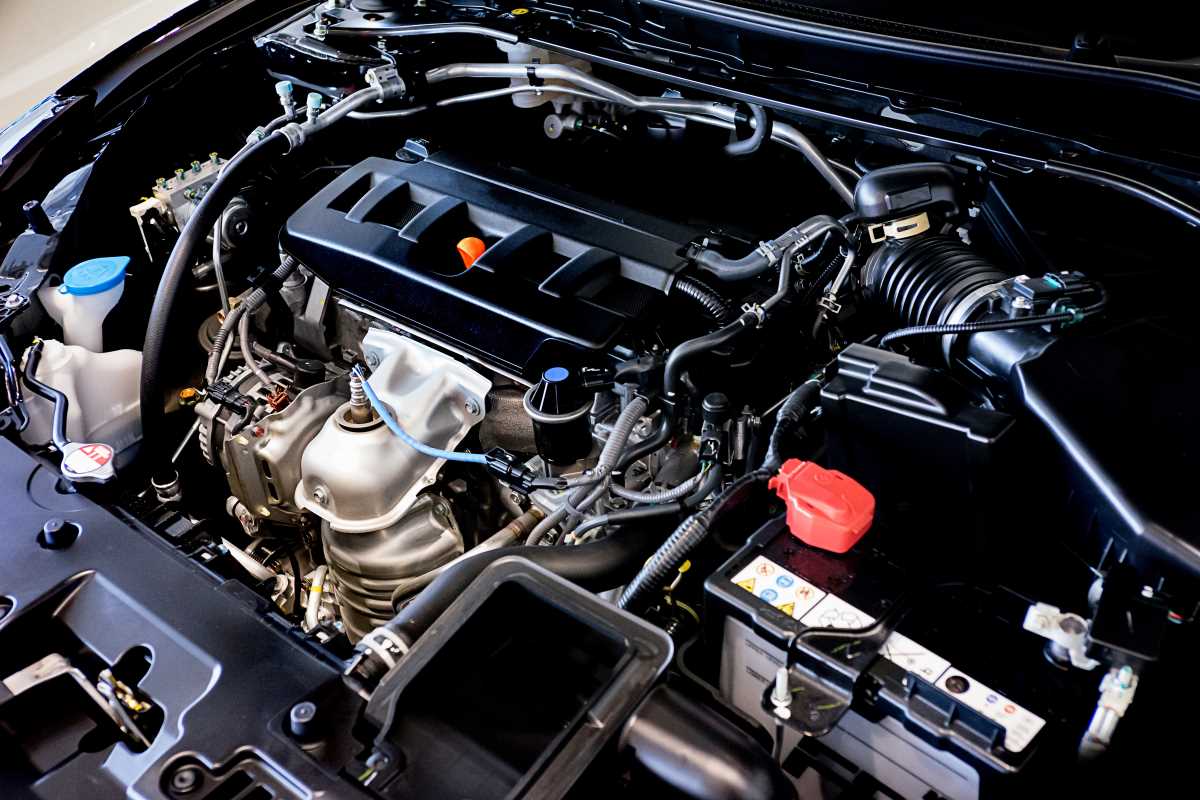Spills happen. One sharp turn sends coffee flying, a dropped french fry leaves a greasy mark, and a muddy shoe prints a perfect outline on your seat. These interior messes are more than just ugly; they can create lingering odors, attract pests, and even lower your car’s resale value. A clean and organized cabin also plays a role in safe driving by reducing distractions. While you wouldn’t file an insurance claim for a soda spill, keeping your car’s interior in good shape is a hallmark of a responsible owner. The good news is you don’t need to pay for a professional detail every time a spill occurs. With a few common household products and the right techniques, you can tackle almost any stain yourself, saving money and restoring your car’s fresh, clean feel.
First Steps: Identify, Test, and Act Fast
Before you start scrubbing, you need to know what you’re working with. Most car interiors use fabric, leather, or vinyl. Fabric is the most common and looks like typical cloth. Leather has a distinct grain and feel, while vinyl often looks like leather but feels smoother and more like plastic. The cleaning method depends entirely on the material.
The golden rule of stain removal is to always test your cleaning solution on a small, hidden spot first. A good place is under the seat or on a small section of carpet beneath a floor mat. Apply a bit of your cleaner, wait a few minutes, and then blot it with a white cloth. If any color transfers to the cloth or the material looks damaged, stop immediately and try a different, milder solution.
For any new spill, speed is your best friend. Gently blot the area with a clean, dry cloth or paper towel to soak up as much of the liquid or scrape up as much of the solid as possible. Never rub a fresh spill, as this will only push the stain deeper into the fibers.
Tackling Stains on Fabric Upholstery
Fabric seats are absorbent, making them prone to stains, but they are also quite resilient. For general grime or light stains from things like soda or juice, a simple solution of a few drops of mild dish soap mixed into a bowl of warm water is your best starting point. Dip a clean cloth in the soapy water, wring it out well, and blot the stain from the outside in. Follow up by blotting with a separate cloth dampened with plain water, and then blot dry.
For coffee stains, after blotting the excess, a mix of equal parts white vinegar and water can work wonders. Blot the solution onto the stain, let it sit for about 15 minutes, and then blot it out with a clean, damp cloth.
Greasy food and makeup stains require a different approach. Start by sprinkling baking soda or cornstarch on the stain to absorb the oil. Let it sit for 20 minutes, then vacuum it up. Treat any remaining discoloration with your mild soap and water solution. For stubborn ink stains, isopropyl (rubbing) alcohol can be effective. Dab a small amount onto a cotton ball and gently blot the ink, being careful not to spread it.
Cleaning Leather and Vinyl Surfaces
Leather and vinyl are less porous than fabric, making many spills easier to clean if you act quickly. For most routine cleaning, a cloth dampened with water is all you need. For tougher spots on both leather and vinyl, the same mild dish soap and water solution works well. It's critical to use a very well-wrung-out cloth to avoid oversaturating the surface, especially on leather, as too much water can cause damage.
Never use harsh chemicals, vinegar, or rubbing alcohol on leather, as they can strip its natural oils and cause it to dry out and crack. For tough stains on leather, it's best to use a dedicated leather cleaner designed for the job. After cleaning, always follow up with a quality leather conditioner to restore moisture and protect the finish.
Vinyl is more durable and can handle slightly stronger cleaners, but you should still start with the mildest option. For a scuff or stubborn dirt on vinyl, a magic eraser-type sponge can be very effective, but use it with light pressure as it is a micro-abrasive.
The Heavy Hitters: Tough Stains and Odors
Some messes require specialized solutions. For organic stains like pet accidents, vomit, or spilled milk, you need an enzymatic cleaner. These products contain enzymes that literally break down and digest the organic proteins causing the stain and the odor. Simply spray the cleaner on the affected area, let it work its magic according to the product directions, and then blot it away. For biological stains like blood, a small amount of hydrogen peroxide can be used on light-colored fabric, but test it carefully as it can have a bleaching effect.
To combat mildew and its musty smell, a solution of equal parts white vinegar and water is your best bet. Lightly spray the affected area, let it sit, and then blot it dry. Leaving a box of open baking soda in the car overnight can also help absorb lingering odors from smoke or food.
Tools and Techniques for a Deeper Clean
For set-in stains or a full interior refresh, you might need more than just a cloth. A soft-bristled brush can help work your cleaning solution into fabric fibers and lift dirt. A wet/dry vacuum or a handheld carpet extractor is an excellent investment for serious DIY detailers. These machines spray cleaning solution onto the upholstery and then powerfully suck the dirty water back out, preventing oversaturation and leaving the fabric nearly dry. Steam cleaners are also fantastic for killing bacteria and breaking down grime without chemicals, but be careful to keep the steam away from sensitive electronics.
When cleaning, always ensure your car is well-ventilated by opening the doors or windows. This helps fumes dissipate and speeds up drying time. To prevent water rings from forming on fabric, try to feather the dampness at the edges of the cleaned area so there isn't a hard line between wet and dry. After a deep clean, letting the upholstery dry completely is crucial to prevent mildew growth. You can speed this up by using a fan or leaving the car doors open in a secure, dry place.
Protection and Prevention
Once your upholstery is clean and dry, the final step is to protect it. Applying a fabric guard spray will add a layer of hydrophobic protection to your cloth seats, causing future spills to bead up on the surface instead of soaking in. For leather, a quality conditioner is non-negotiable. It keeps the leather soft, prevents cracking, and adds a layer of protection against stains and UV damage. Keeping your interior clean is a simple, low-cost way to maintain your vehicle's value and your pride in it, all while creating a safer, less distracting driving environment.
